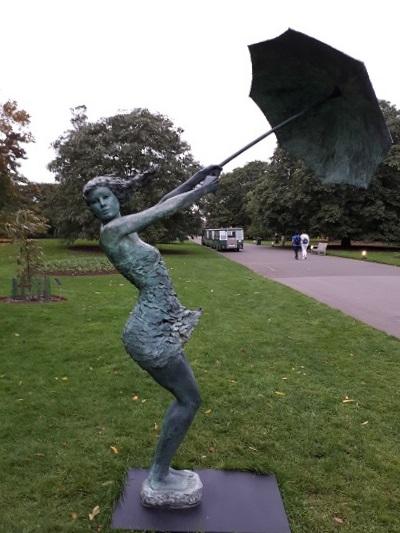Tinnitus is a condition in which a person hears various noises in the ears. These sounds come from an internal source in the body, rather than from sounds in the outside world and include ringing, hissing, whistling, clicking and buzzing noises.
Tinnitus may be occasional or continuous, temporary or permanent, in which case it can impair a person’s hearing and quality of life.
Causes of Tinnitus
There are many different causes of tinnitus, some of which are medical conditions that might require a Doctor’s diagnosis and treatment, so it is wise to get checked out by your Dr.
Continuous exposure to loud noises can contribute to tinnitus, so musicians and people who constantly hear music and other loud sounds can become affected. Other causes of tinnitus are damage to the ear or ear infections, head and ear injuries, the onset of hearing loss, plus high stress and anxiety levels. Many people with tinnitus find the condition distressing and become even more tense and upset because of the continual noises interfering with their hearing. This is likely to make the condition worse.
Treatments for Tinnitus
There is no medical treatment available for tinnitus, although people can be referred to Tinnitus Clinics where Cognitive Behavioural Therapy (CBT) and other techniques are used to help people relax and reduce the emotional distress they experience, which helps them reduce and cope with the tinnitus.
Alexander Technique and Tinnitus
The Alexander Technique can be of great help to tinnitus sufferers. The main learning in the Alexander Technique is to allow the muscles around the head, neck and back to work in a coordinated and free manner, so that habitual patterns of tension and mis-use are reduced or eliminated. This freeing-up of the head and neck muscles has an impact on the levels of tension around the ears and often reduces or even stops the irritating sounds that people experience.
The Alexander Technique also uses the ‘Whispered Ah’ procedure, which specifically works with freeing up the muscles around the head and neck, plus the throat and jaw, which hinges just next to the ears, so tensions here can impact on the function of the ears. The whispered ah procedure can be very helpful for tinnitus sufferers to learn and use, as it often produces an immediate lessening or cessation of the tinnitus.
Importantly, Alexander Technique pupils also learn to stop getting back into the habits of tightening up around the head, jaw and neck, so that they gain a tool with which to avoid the tensions which can contribute to the creation of tinnitus. Various pupils that I have worked with who have had tinnitus, have found that their Alexander Technique lessons have helped them to reduce and have some control over the problems associated with this condition, in a way that they have not been able to do so before.
